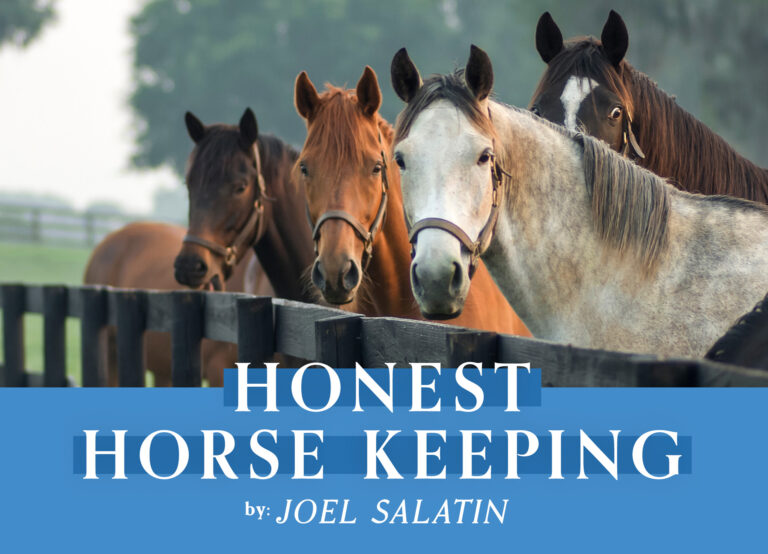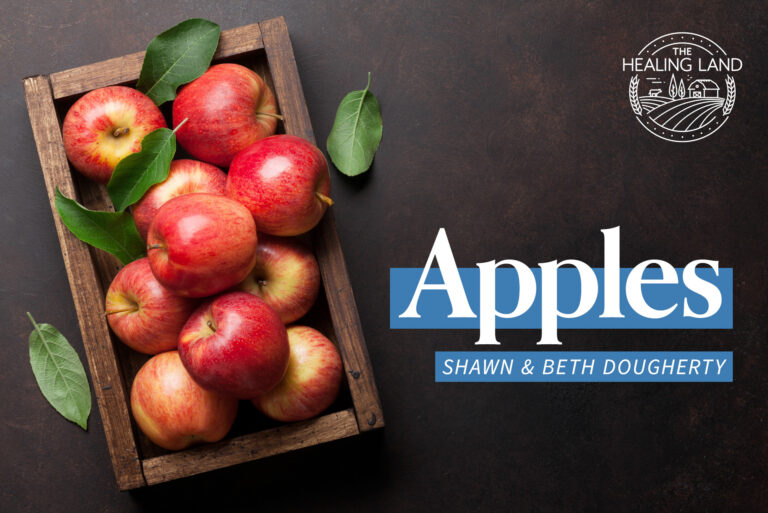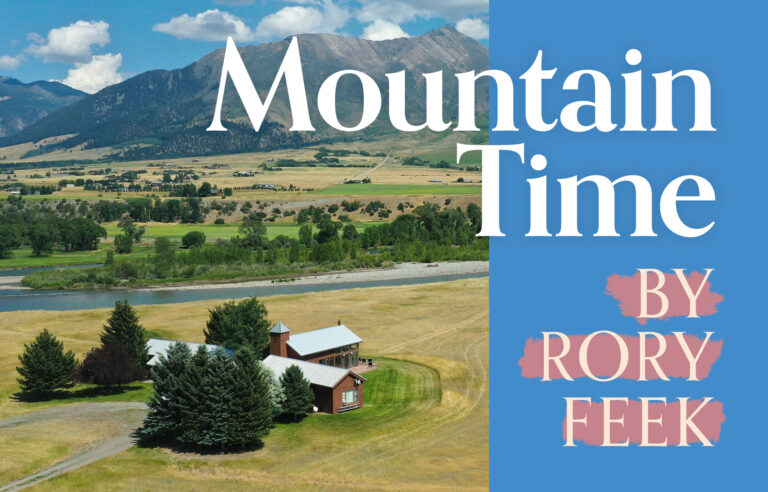By Shawn and Beth Dougherty, Plain Values
There’s no time like spring for seeing how bountifully God provides for His creatures, and that’s especially true here in central Appalachia, where young, green grass and blossoming fruit trees are everywhere we look. Our seven dairy cows put gallons of rich, creamy milk in the bucket every day. Their calves race around the pasture or lie in the soft grass and nap in the sun. Chicks in mobile pens scratch and forage, new feathers pushing through their baby down. Pigs are growing fast on skim milk and forage. We’re never more grateful for our small farm lifestyle than now when life is so beautiful and abundant.
The Family Cow?
Not very many folks keep just a few dairy cows nowadays. This is funny because well into the 1900s, more than half of people in the United States lived in rural settings, and most of these kept a dairy cow. After all, a cow turns grass—which grows for free!—into the most perfect food God created: milk. Lots of milk. And she does it day in, day out, year-round, free of charge.
Maybe people forgot how much a milk cow does for a farm. Who else can turn our biggest crop into food for calves, humans, pigs, chickens, dogs, and cats—and even for the soil? An all-grass cow costs nothing to feed, and for the trouble of milking her, we get not just milk, but beef, pork, eggs, chickens, pest control, and guard animals—and fertilizer, too. So really, we couldn’t farm without at least one dairy cow.
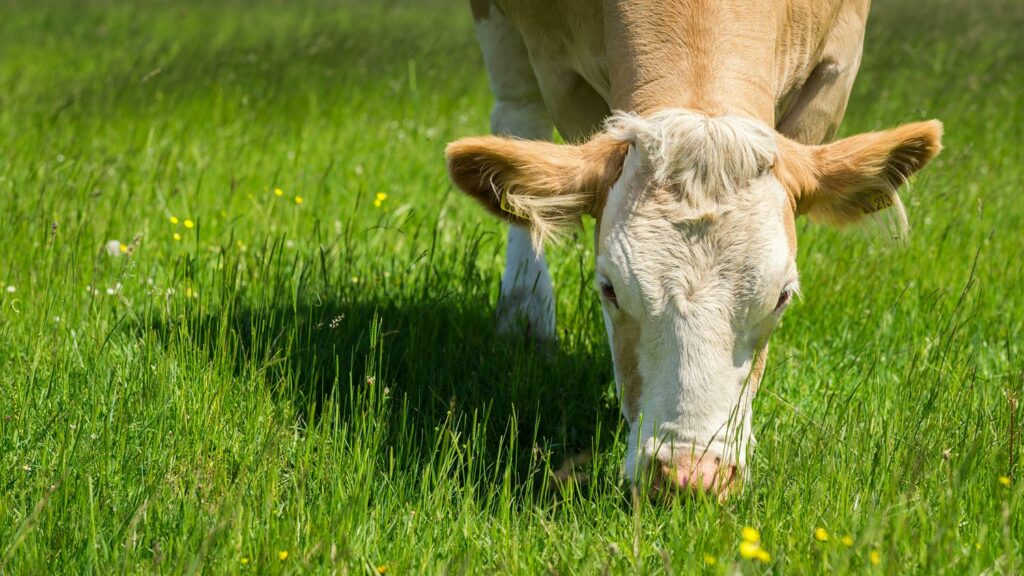
Finding a Life on the Land
Our farm, the Sow’s Ear, is seventeen acres of trees-up-the-side-of-a-hill that were left when a larger farm was broken up. Unfortunately, most is too steep for farming, even too steep for logging. In fact, the state of Ohio labels our property ‘not suitable for agriculture.’ Frankly, in the beginning, we agreed with them! But we wanted to move our young family—four sons, eventually to be joined by two more sons and two daughters—to a country setting. We knew that the way to build a strong family was to pray, play, and work together.
So we grew gardens wherever we could find a little flat land; we brought in goats and tethered them to browse all the dense briars. We added a dozen Brown Leghorn hens, we began milking our goats, and the children thrived with responsibility as well as freedom. After a while, the place started to look more like a farm.
The food on our table now came less from the store and more from our life together—eggs, goats’ milk, and many garden vegetables. It was all delicious, but there was one thing we weren’t satisfied with: the feed bill. The chickens, hogs, and even the dairy goats depended on sacks of grain from the feed store. Our food ‘independence’ was dependent on purchased feed.
Yet we knew our grandfathers had raised large families entirely on food from their own farms—even during the Depression—and they hadn’t routinely purchased animal feed. What were we missing? How had all our ancestors fed their livestock? After all, there was no Purina on the prairie.
The Mighty Milk Cow
Milk for the table was all we were thinking of when we bought our first Jersey cow, Isabel. We didn’t know how fast we would be drowning in milk! Even though she had a calf, she was giving more milk than it—and we—could drink or make into butter and cheese. We bought a pig, more or less in self-defense, and learned right away how much pigs love skim milk, buttermilk, and whey—and how fast they turn it into bacon and pork chops. We offered milk to our laying hens, and the number of eggs they gave doubled. Feed began to be a smaller item in the budget. It looked as if our cow was feeding the whole farm!
But, of course, now we were buying grain and hay for the cow. Had we just swapped one set of dependencies for another? Surely God’s world didn’t really require factory feeds?
Good Grazing
Then we ran into Joel Salatin, the Eastern Ohio Grazing Council, and God’s gift of grass. Life has never been the same since.
Mr. Salatin wrote a book, Salad Bar Beef, about raising cows on nothing but grass—or about raising grass with nothing but cows. We weren’t sure which. Cows need grass, and grass needs cows— and to make it work, both grass and cows need us.
Up to now, Isabel had wandered all over our five-acre pasture eating whatever looked good to her. Other things, less tasty and tender, she ignored. Soon all her favorite plants were eaten down to the ground, while the other stuff had grown too tough and woody to eat. No wonder she needed grain and hay—and no wonder our pasture sometimes looked pretty bare!
The problem, though, wasn’t in the cow or the grass. It was our management that was deficient. So we attended a seminar on Mr. Salatin’s kind of grazing given by the Eastern Ohio Grazing Council, a group of local farmers and extension folks, that gave us the confidence to get started.
We learned that good grazing—carefully managed, holistic, rotational grazing—means moving cows or other ruminants over pasture by giving them just a small area each day and then moving them on. Each day the cows get all they need from one small area; meanwhile, all the rest of the pasture grows. Under the ground, roots, insects, worms, and teeming microscopic life build a rich, fertile soil.
It was amazing how fast we saw results. Right away, our pasture grew more grass, better grass, longer periods of the year. We began reducing Isabel’s grain ration. Eventually, we were able to cut grain entirely.
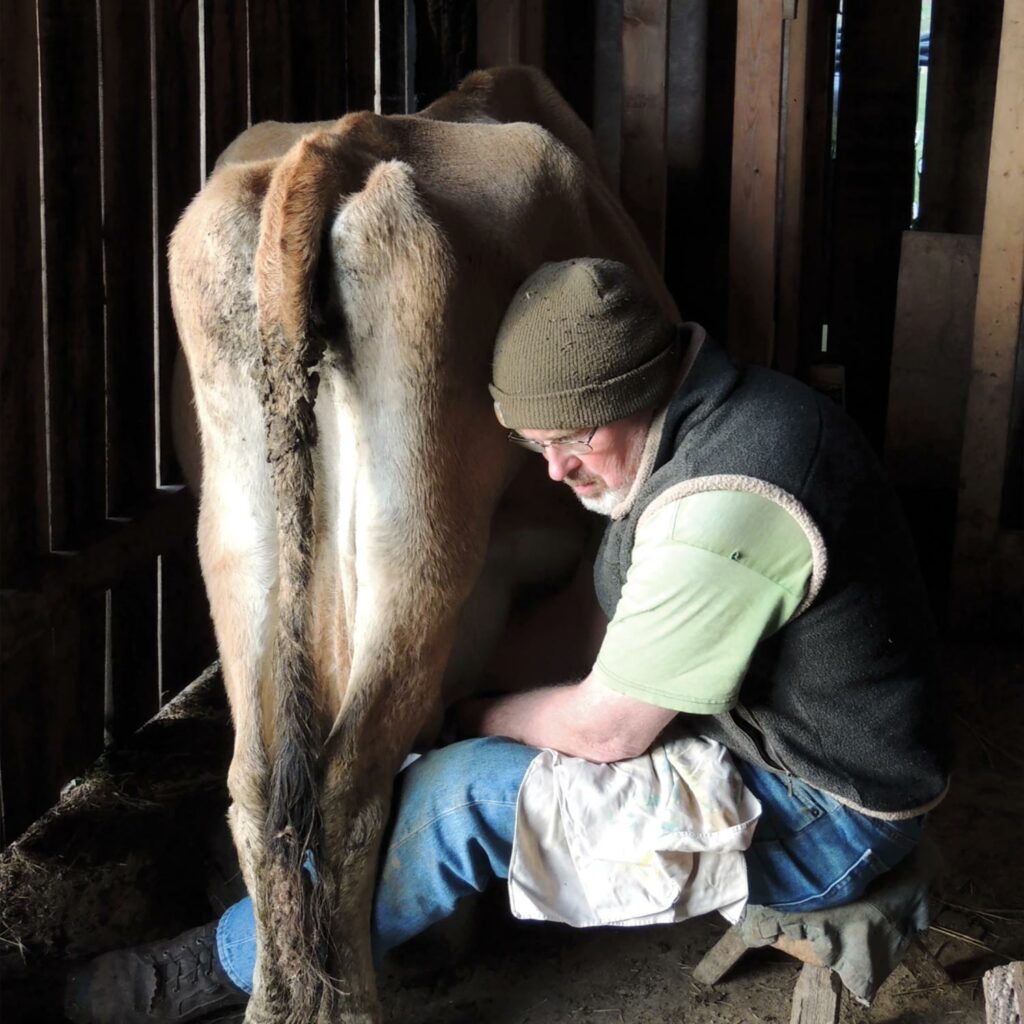
The Independent Farmstead
Today we feed our animals almost entirely on things that grow here. Some we plant in the garden, but it’s grass that runs the farm. After all, grass is just about everywhere, and it’s free. Cows turn it into milk for nothing, and pigs, chickens, dogs, cats—and of course humans!—all thrive on milk’s high-quality calories. God’s plan for feeding us couldn’t be more beautiful.
We share what we’ve learned with other families, welcoming them to our farm, writing about our work, going out to conferences, and helping people see the potential in even the least-promising parcel of land. We are thrilled every time a family buys its first dairy cow and begins the adventure of good grass management. We know this is the surest way to gain independence from the uncertainties of the commercial food system. It gives us the best glimpses of God’s providence and wisdom. And it’s the best way we know of to raise a family.
We’re glad that Plain Values is letting us share it with you.
This article was published in the May 2022 issue of Plain Values Magazine. If you want the latest stories every month, subscribe to the magazine at plainvalues.com. As a special thanks, get 10% off your subscription with the code “GAB23”!
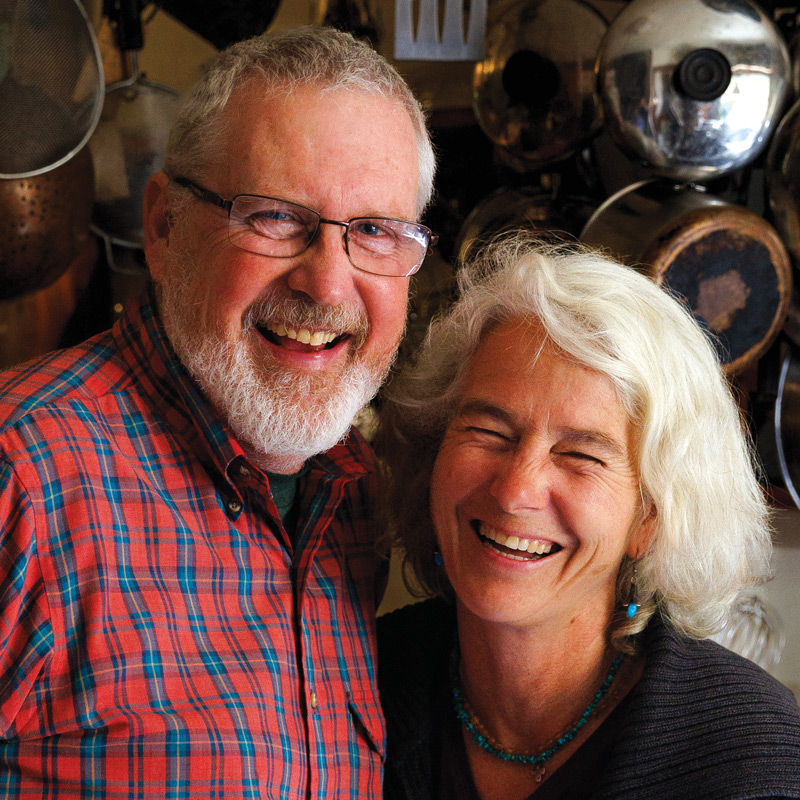
Shawn and Beth Dougherty live in eastern Ohio, where their home farm is 17-acres designated by the state as “not suitable for agriculture.” Using grass as the primary source of energy, they raise dairy and beef cows, sheep, farm-fed hogs, and a variety of poultry, producing most of their food, and feed, on the farm. They are also the authors of The Independent Farmstead, published by Chelsea Green Pub.



